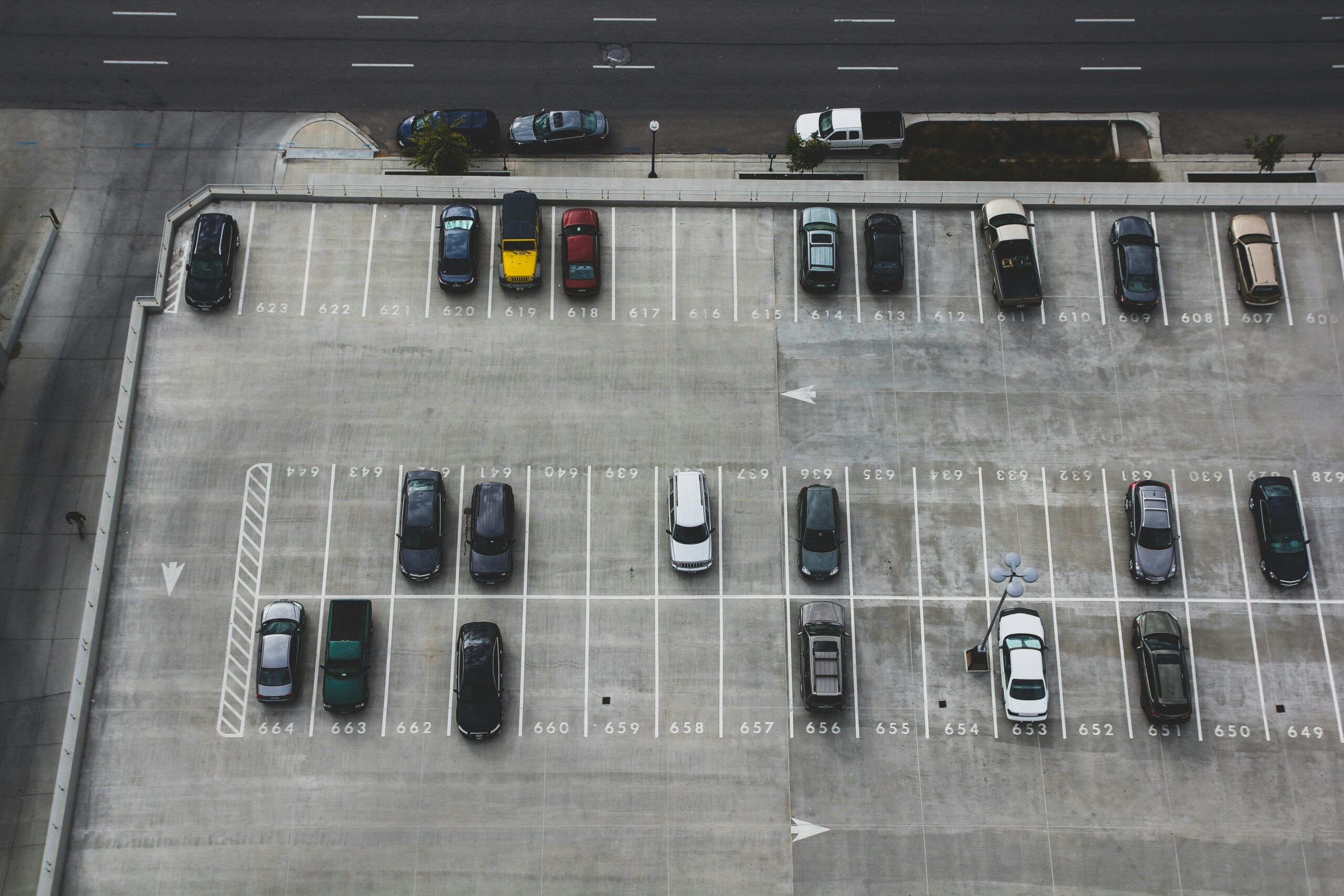There are currently five standards making up the Australian Standard Parking Facilities series (AS2890). The Standards for parking facilities occasionally need to be revised to accommodate the changing demands of the road and traffic environment. The most recent standard of the series to undergo revision was Part 6: Off-street Parking for People with Disabilities, published in November 2022.
The following is not a complete and final list of the proposed changes to Part 1: Off-street Car Parking. The information provided has been compiled from a webinar presented on 13 November 2024 by two members of the standards committee CE-001, Wes Edwards and Oleg Sannikov. At the time of presenting, final decisions had not been made in regard to many of the new Standard requirements as consultation was still underway in New Zealand. Therefore, readers are advised to use this article as information only and to update procedures and calculation methods only from official or updated sources as they become available.
Design Vehicles and Parking Bay Dimensions
The size of vehicles has noticeably increased over the past two decades and larger vehicles have become increasingly popular in the Australian market (see our article The Impacts of Larger Vehicles on Australian Roads). The recommended dimensions of parking facilities in the Standards are based around physical dimensions of vehicle classes that are commonly found on the road. So it is wise to start the revision of the Standard with confirmation of what the dimensions are of the current B85 vehicle (the design motor car representing the 85th percentile class of all cars and light vans) and the current B99 vehicle (the design motor car representing the 99.8th percentile class of all cars and light vans). To do this, approximately 94% of all registered vehicles in New South Wales and New Zealand were surveyed to establish the current B85 and B99 vehicle dimensions.
The survey confirmed that in fact vehicle sizes have increased, particularly the B99 vehicle, with the findings consistent across NSW and NZ. The B99 vehicle was found to be both longer and wider, increasing from 5.2 metres to 5.4 metres in length and 1.94 metres to 2.1 metres in width. This has in turn increased the minimum turning radius from 6.30 metres to 6.35 metres. As a result of these increases, the B99 design vehicle will become the 99.0th percentile, not 99.8th.
The B85 vehicle has only seen minor dimensional increases and consequently the Standard has been updated by merely rounding up to one decimal place which will have no flow on effect to other dimensions in parking facilities.
Parking module sizes would be the most obvious change as a result of the increased B99 vehicle size. Parking spaces will be 0.2 metres longer and the minimum widths between obstructions have also increased, however not the width of the spaces themselves. The decision to only increase the width to obstructions was made as there would already be adequate width between a B99 vehicle and a neighbouring vehicle. Further, the chances of two B99 vehicles being parked side-by-side would be minimal. Parking in enclosed spaces has had a minimum width increase due to clearances to side obstructions and a minimum length increase when both ends are enclosed to make it possible to walk around larger vehicles without opening the garage door.
Additional dimensional changes within parking facilities due to the increased B99 vehicle size include widths and radii increases to circulation curves and minimum dimensions of vehicle lifts or hoists.
Classification of Parking Facilities
User classes for classification of off-street car parking facilities (Table 1.1) have undergone changes to better represent how readers identify the appropriate user class for their design. Currently the inputs for establishing the correct user class are door opening and manoeuvres. In the new revision, familiarity and parking duration become the inputs to determine the appropriate class. The output classes have also been reduced to Classes 1-5.
Vehicle Manoeuvres
Clarification on vehicle manoeuvring within parking structures has been provided. The Standard will clarify the maximum number of movements allowed for design vehicles entering and exiting a parking space. B85 vehicles must enter and exit with only 3 movements, while B99 vehicles are allowed 5 movements. That means, for example, a B85 can drive straight into the space (first movement), then when exiting, reverse out (second movement), before driving off in a forward direction (third movement). The B99 would be allowed to make a corrective movement (two additional movements) on either entry or exit.
Sight Distance Assessment
The guidance on sight distances at access driveway exits has also undergone several updates to account for updates to the Austroads Guidelines following research that has been conducted since 2004. Guidance will now be specified for frontage road speeds as low as 30km/hr and graduated distances have been introduced for different environments. For low volume, low turnover driveways on a low volume, low speed road, the approach sight distance (ASD) requirement should be met, while the Safe Intersection Stopping Distance (SISD) approach should be used for high speed, high volume access locations. Due to the introduction of the graduated distances, domestic values will be removed from the tables and corrections made to ensure desirable speeds are no longer less than the minimum requirement.
Pedestrian movements within parking facilities have also been reviewed to improve safety. Sight distance calculations for paths at accesses have been improved to incorporate the path user speed. This results from an observation that there is an increased usage of paths by scooters and cyclists which move faster than pedestrians. Further, obstructions in the sight lines to paths have also been more formally defined with width and height parameters. Further changes include the requirement for pedestrians to have a parking facility access that is separate to vehicles, the requirement to provide paths on busier routes, and the requirement of slip resistant pedestrian crossing markings.
Other Changes
The Standard will have some new and altered sections. Changes will be noticed in Sections 6.6: Vehicle Lifts or Hoists, and 6.7: Mechanical Parking which has been separated into user operated or fully automated car stackers, and turntables. A new section has been added to Section 2.4.5 Physical Controls: Separators – raised median, flush median and flexible delineators.
As you eagerly await the arrival of the 2025 revision of Part 1: Off-street Car Parking remember that all requirements within the current revision remain relevant. Rest assured that there will be an introduction in the new revision highlighting the changes that have been introduced, and we would recommend keeping your eyes out for more webinars from The Institute of Transportation Engineers to assist with the transition to the new Standard. Otherwise, the Amber team are always available to assist with your car parking queries.


